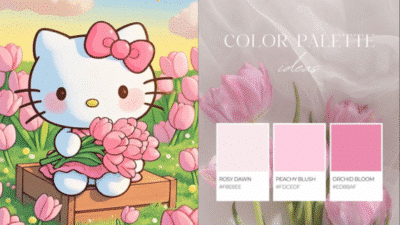Whether you’re sitting in a quiet park, hiking through the woods, or just gazing out your window, drawing nature has a special way of connecting you with the world around you. Nature drawings let you capture the beauty of plants, animals, and landscapes with just a pencil and paper, making the wonders of the outdoors your creative subject. You don’t have to be a professional artist—even simple sketches can help you see familiar places and creatures in a brand-new way.
Getting started is easier than you might think. With a few basic tools and a bit of patience, you can create sketches that reflect your own style and perspective. From quick studies of leaves to detailed drawings of birds, nature drawing gives you a chance to relax, observe, and enjoy the art-making process.
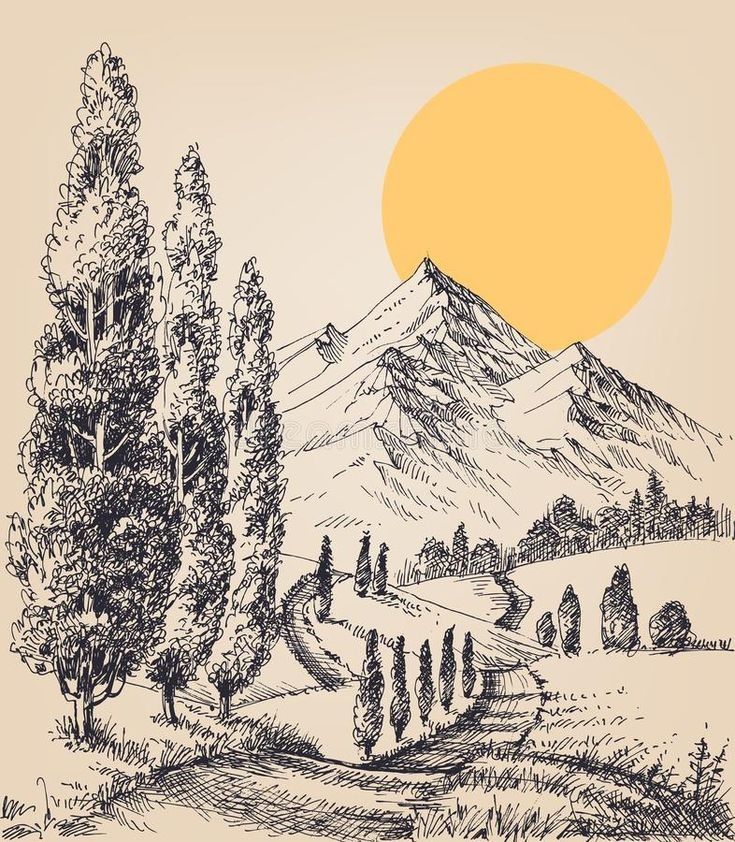
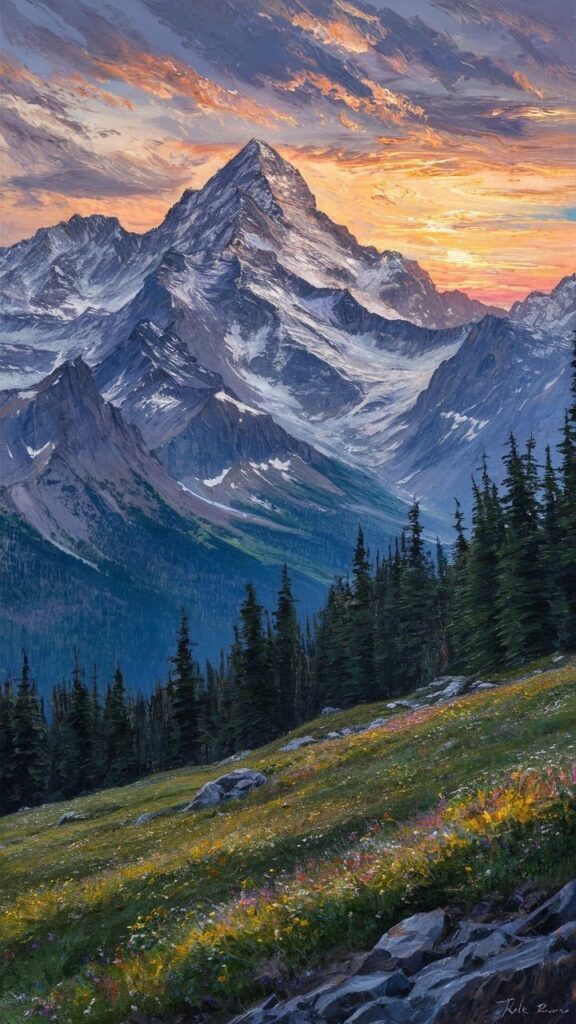
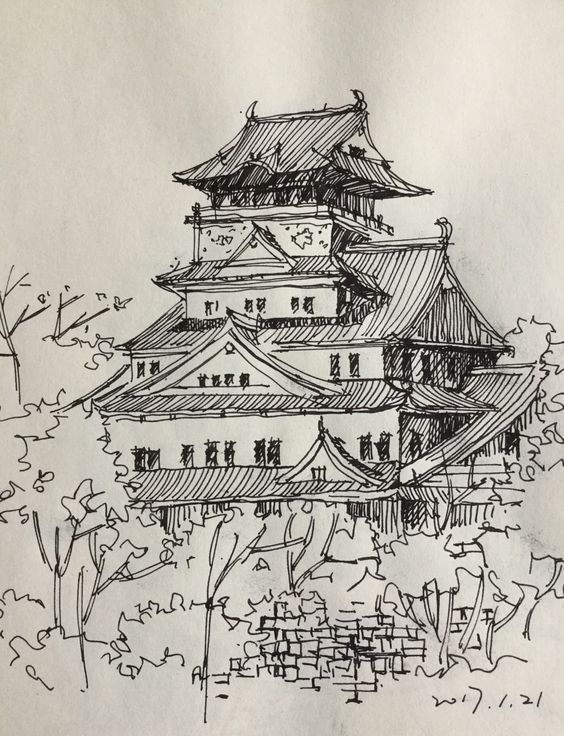
Key Takeaways
- Nature drawing helps you observe and appreciate the outdoors.
- Simple materials and a little practice can get you started quickly.
- Your drawings are a personal record of your experiences in nature.
What Are Nature Drawings?
Nature drawings are focused on representing natural subjects using basic art materials and observational skills. While these artworks can be simple or detailed, they emphasize capturing the real, present qualities of things found outdoors like plants and animals.
Understanding Nature Drawing
Nature drawing is an artistic practice that involves observing and sketching natural elements such as leaves, flowers, animals, rocks, and landscapes. You may use pencil, ink, charcoal, or watercolor to create these studies.
The main aim is to closely observe details, patterns, and textures in nature. For example, sketching the lines on a leaf or the shape of a pinecone helps you notice subtle features you might otherwise overlook.
Nature drawing is not always about making a perfect or polished picture. It’s often about the process of looking, noticing, and recording what you see. This approach can improve your perception and technique over time.
Many artists choose to sketch outdoors—sometimes called “drawing in situ”—while others may use photographs for reference. In either case, the direct observation of real-life subjects is a key aspect.
Types of Nature Drawings
There are different ways to approach nature drawings based on your purpose and style. Common types include:
- Observational sketches: Quick, loose studies focusing on form and key details.
- Textural studies: Drawings emphasizing the surface qualities, such as bark or fur.
- Pattern drawings: Repeating shapes and motifs found in leaves or flowers.
- Detailed renderings: Highly finished images showing structure and fine detail.
Some artists focus on landscapes, capturing broad views of natural settings. Others prefer close-up studies, highlighting the intricate shapes of plants or shells. You can mix techniques, such as combining ink outlines with watercolor washes.
Experimenting with different materials and perspectives lets you discover which style of nature drawing suits your interests best.
Differences Between Nature Drawings and Nature Illustrations
Nature drawings and nature illustrations share some similarities, but they serve different purposes. When you create a nature drawing, the main goal is usually personal exploration, observation, or practice.
Nature illustrations are more formal and often made to accompany scientific text, field guides, or educational resources. Illustrations tend to be highly accurate and might include labels or annotations. They are intended to explain or document a subject as clearly as possible.
A nature drawing, in contrast, may be more expressive and less strict about accuracy. You are free to experiment and record your impressions rather than focus solely on precision. The context—artistic vs scientific—shapes the features and expectations of each.
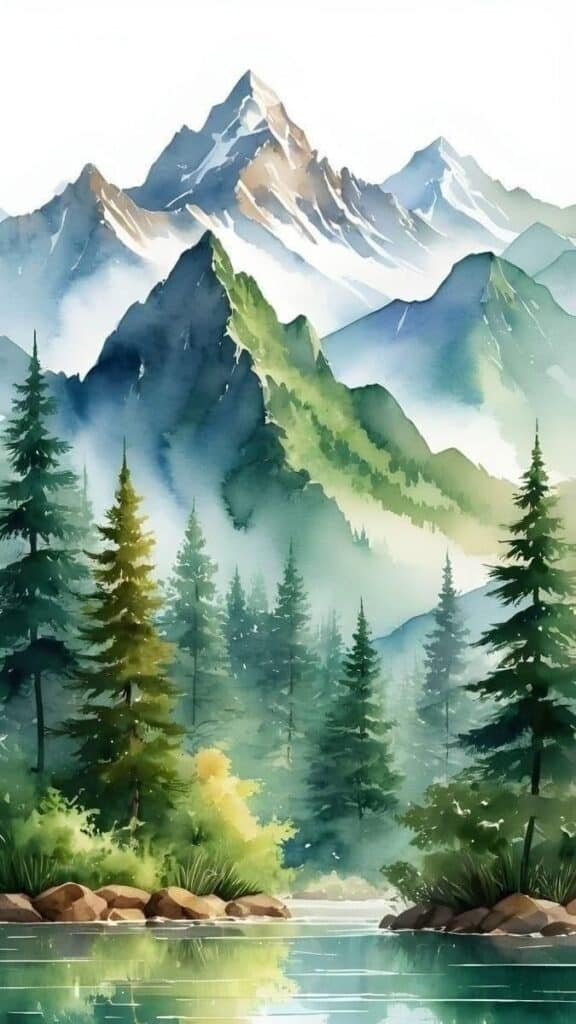
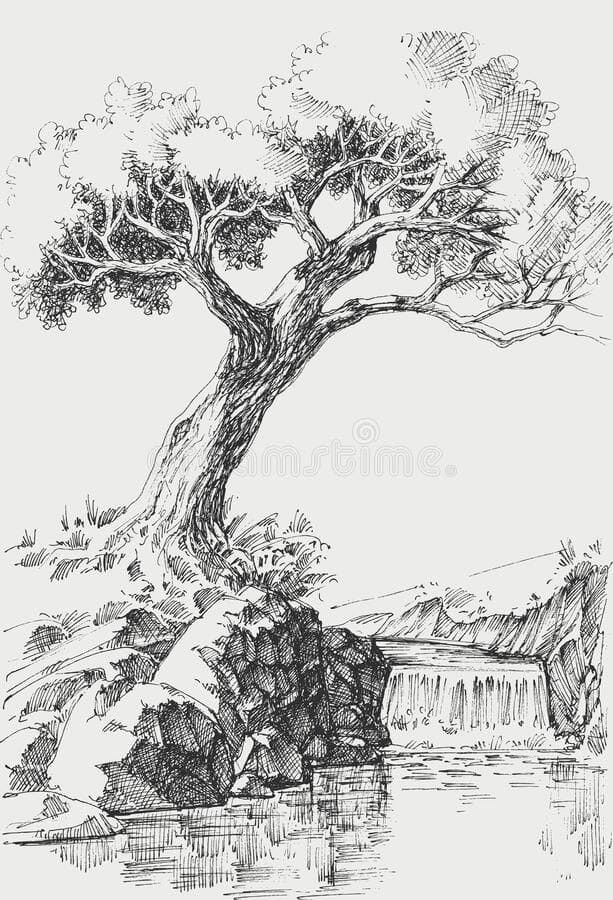
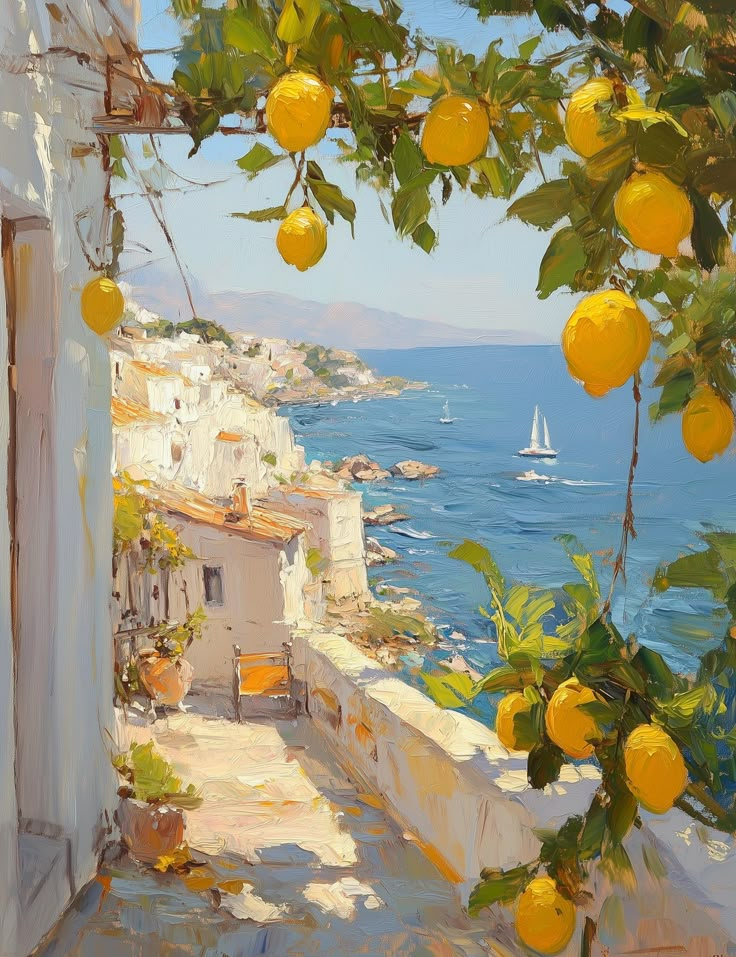
Essential Materials and Tools for Nature Drawing
To create effective nature drawings, you need reliable supplies, a comfortable workspace, and familiarity with both traditional and digital tools. Each choice supports clearer observation and more enjoyable sessions outdoors or at home.
Choosing the Right Drawing Supplies
Start with a set of quality pencils—2H to 6B—the different grades help you produce fine details and rich shadows.
A sketchbook with thick, acid-free paper keeps your work looking crisp and prevents bleed-through, especially if you prefer watercolors. For fieldwork, a small, spiral-bound sketchbook is easy to carry.
You’ll benefit from kneaded and vinyl erasers, as they erase gently and help refine delicate lines. Pencil sharpeners and a soft brush keep your drawings clean.
Optional extras include:
- Colored pencils or fine liners for adding detail and color.
- A portable watercolor set for sketching plants and landscapes.
- Clips or boards to steady your paper outdoors.
Setting Up Your Workspace
Proper setup makes a big difference in both comfort and results. Indoors, use a stable desk or drawing board with good lighting—natural light is ideal but an adjustable lamp will work.
Arrange your tools within easy reach, using jars or pouches for sorting. If you venture outside, bring a folding stool, weatherproof bag, and layered clothing to adapt to changing conditions.
Think about using a small, lightweight table, or simply sketching with your drawing pad on your lap. Having your supplies organized means you can focus on capturing details like leaf shapes, textures, and patterns in your nature illustration.
Digital Tools for Nature Illustration
Digital illustration is increasingly popular for creating and sharing nature drawings. A tablet with a pressure-sensitive stylus—such as an iPad with Apple Pencil or a Wacom tablet—gives you fine control.
Popular apps like Procreate, Adobe Fresco, and Clip Studio Paint offer toolkits for sketching, inking, and coloring. Digital layers help you separate rough sketches from final lines, making experimentation easier.
A portable charger and a screen with good visibility outdoors help if you like drawing on location. Digital workflows also allow fast edits, zooming into details, and easy sharing or printing of your finished nature illustration work.
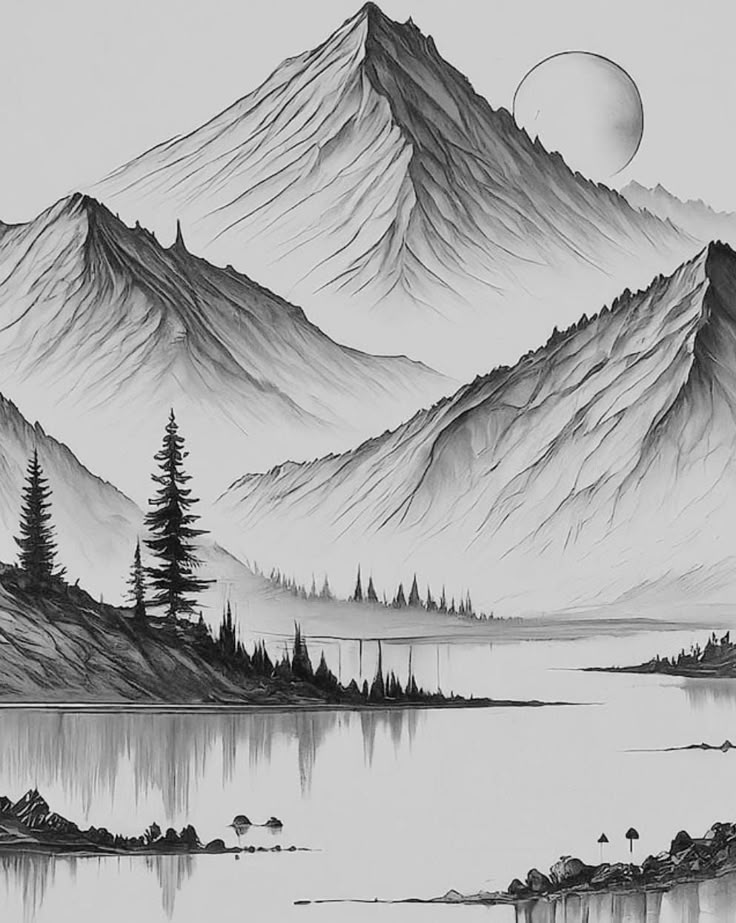
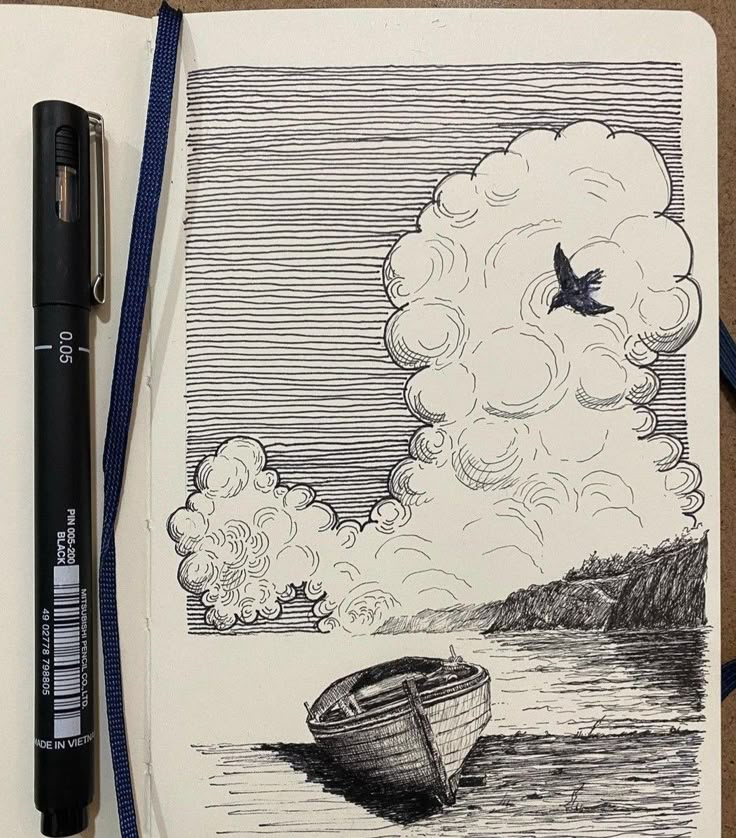
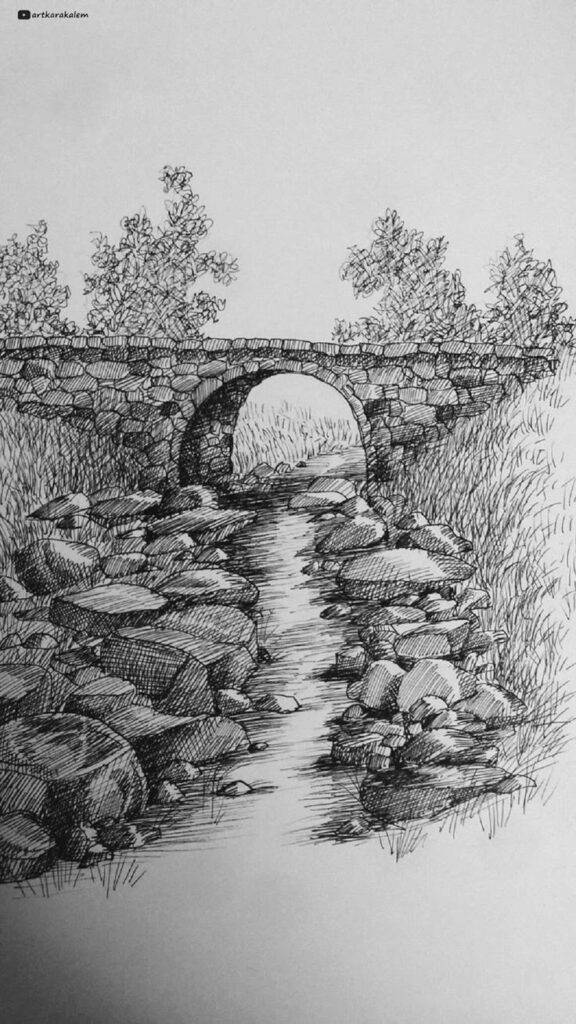
How to Draw Plants and Animals from Nature
Nature drawing invites you to really see the outdoors, paying close attention to shapes, proportions, and how light interacts with different surfaces. Focusing on plants, animals, and their unique details helps you capture the character of the natural world.
Drawing Plants: Leaves, Flowers, and Trees
Start by looking closely at the plant you want to draw. Notice the basic shapes that make up leaves, flowers, and tree trunks. Leaves often have a visible vein structure, while petals can overlap in distinct ways.
Sketch the outline using gentle, light lines. Try breaking down complex forms into simple shapes—circles for flower heads, rectangles for stems, or ovals for leaves. This makes it less overwhelming, especially if you are a beginner.
Next, focus on the details. Add veins to leaves and try to show how they branch from the center. For flowers, draw each petal individually, watching how they curve and twist. Study the texture of bark for trees, using short lines to represent rough surfaces.
Don’t be afraid to use references. Observing real plants or reference photos helps you stay accurate. If you make mistakes, erase and try again—practice is key to improvement.
Sketching Animals in Their Habitat
Start by observing the animal’s posture and overall shape rather than small details. You can use basic shapes to sketch out the body—circles for heads, ovals for bodies, and lines for limbs or tails.
Notice how animals interact with their environment. Try to place them among rocks, water, or grass, using simple lines and shapes. Even a suggestion of a background can help set the scene.
When adding detail, pay attention to proportion. Look for distinguishing features, such as a bird’s beak or a squirrel’s bushy tail. For moving animals, use quick, loose lines to capture energy.
If possible, watch animals outdoors or in photos. This helps you understand their anatomy and natural movement. You don’t have to draw every feather or fur strand—indicating texture works well and keeps your sketches fresh.
Capturing Natural Textures and Details
Textures are important in nature drawing. Leaves are smooth or veined, tree bark is rough, and feathers or fur can be soft or coarse. To show this, experiment with different line types and shading techniques.
Techniques for texture:
- Short, sharp lines for rough bark
- Soft, curved lines for fur
- Dotted lines for spots or fine details
Use a blending stump or your finger to smooth out areas that should look soft, like the surface of petals. Add hatching or cross-hatching to build depth and shadow.
Observing in real life lets you notice subtle details, like the shine on a wet leaf or the texture of an animal’s paw. Don’t rush; take your time to add details gradually. Every step brings your drawing closer to the character of the natural world.
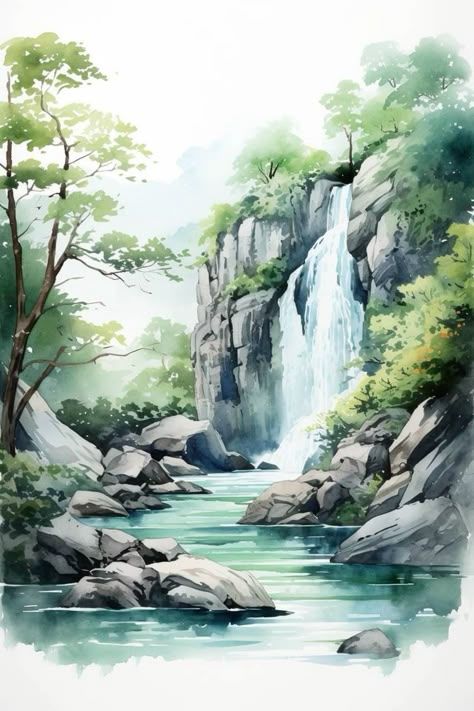
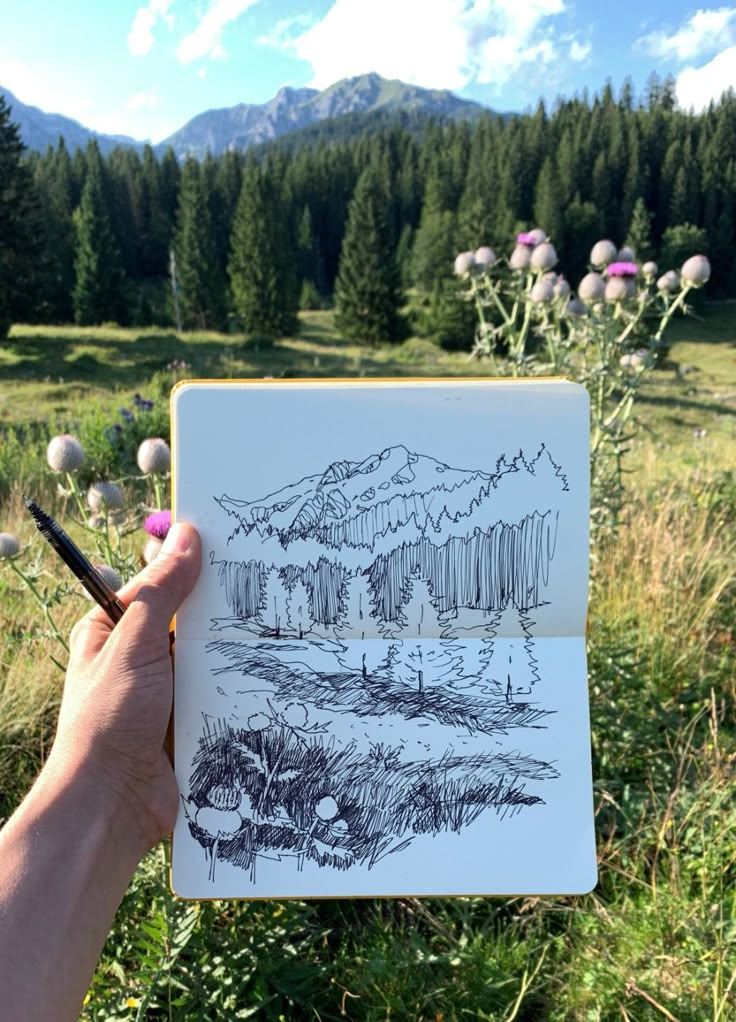
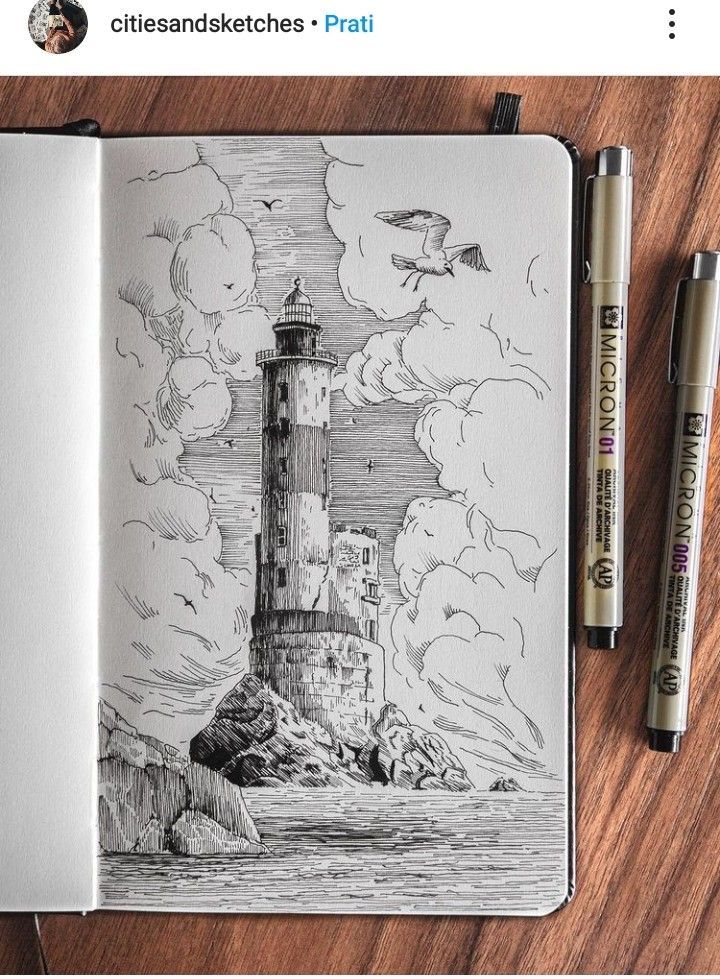
Developing Your Nature Drawing Style
Learning to create nature illustrations involves both building technical skill and forming your unique artistic approach. Studying famous works, practicing common techniques, and blending direct observation with creative choices are key steps along the way.
Studying Famous Nature Illustrations
Taking time to examine classic and contemporary nature illustration can give you insight into effective visual storytelling. Artists like John James Audubon or Maria Sibylla Merian are well-known for their detailed, accurate renderings of plants and animals.
Look closely at how these illustrators depict textures such as fur, feathers, and leaves. Notice their use of line, shading, and composition. Try making thumbnail sketches from their illustrations to understand their choices in framing and focus.
Keep a small table like this in your sketchbook for reference:
| Illustrator | Known For | Signature Technique |
|---|---|---|
| John James Audubon | Bird illustrations | Layered watercolor + ink |
| Maria Sibylla Merian | Insect and plant studies | Precise color washes |
| Beatrix Potter | Botanical and animal watercolor | Soft, gentle rendering |
By analyzing diverse styles, you can pick up ideas to inform your own drawing methods.
Common Techniques for Nature Illustration
In nature illustration, three basic shapes—circles, ovals, and rectangles—form the foundation for drawing most subjects, as cited in mini-tutorials. Practice breaking down natural forms, like flowers or insects, into these simple shapes before adding detail.
Using light guidelines at first, trace the basic structure of your subject. Gradually refine your lines and add shading or hatching to suggest volume and texture.
Try these techniques:
- Contour drawing: Outlines help capture the shape and movement.
- Stippling: Dots create texture, especially for fur or rough bark.
- Cross-hatching: Overlapping lines build depth and shading.
Bring along both pencils and fine-tipped pens, allowing you to explore a range of finishes from bold to delicate.
Combining Observation with Creativity
While careful observation is the backbone of nature drawing, adding creative elements can set your work apart. Spend time in the field, slowing down and noticing details like leaf veins, animal posture, or the way light falls.
Jot down notes on colors, sounds, and behavior alongside your sketches. This blends scientific accuracy with your personal perspective.
You might combine several observations in one drawing, or invent backgrounds and settings to enhance your illustration’s mood. Use color thoughtfully, perhaps adjusting hues or saturation to guide the viewer’s eye.
Balancing what you see and what you imagine lets you express both factual information and artistic interpretation. This approach encourages a nature illustration style that feels both accurate and unmistakably yours.
Sharing and Preserving Your Nature Drawings
Keeping your nature drawings safe and sharing them with others helps ensure your hard work and creativity are valued. Thoughtful display methods and organized portfolios can make a big difference for both personal use and public appreciation.
Displaying Your Artwork
Displaying your nature drawings highlights your achievements and can inspire others to appreciate the natural world. Framing your finished pieces using acid-free mats protects them from sunlight and dust, which can help preserve the colors and paper quality.
Consider these display options:
- Wall art: Hang them at home, work, or community spaces.
- Art shows: Join local exhibitions or nature-themed galleries.
- Digital displays: Scan or photograph your drawings and share them online through social media, personal blogs, or digital galleries.
Use protective sleeves or portfolios if you’re taking your art to different locations. Display your favorite seasonal or themed works to keep your presentation fresh and engaging.
Building a Nature Drawing Portfolio
A well-organized portfolio showcases your progress and unique style. Collect your drawings in a dedicated binder or portfolio case, using acid-free sleeves to prevent smudging and deterioration.
To build an effective nature drawing portfolio:
- Arrange drawings chronologically or by subject (birds, plants, landscapes).
- Include notes or brief captions for context, such as location, date, and species depicted.
- Document your learning by updating your portfolio with new techniques and developed skills.
Consider creating a digital archive using scanned images. This not only keeps your work safe but also makes sharing with friends, family, or potential clients much easier. Use a spreadsheet or document to track the details of each drawing for quick reference.
- 2.0Kshares
- Facebook0
- Pinterest2.0K
- Twitter0
